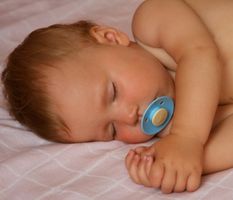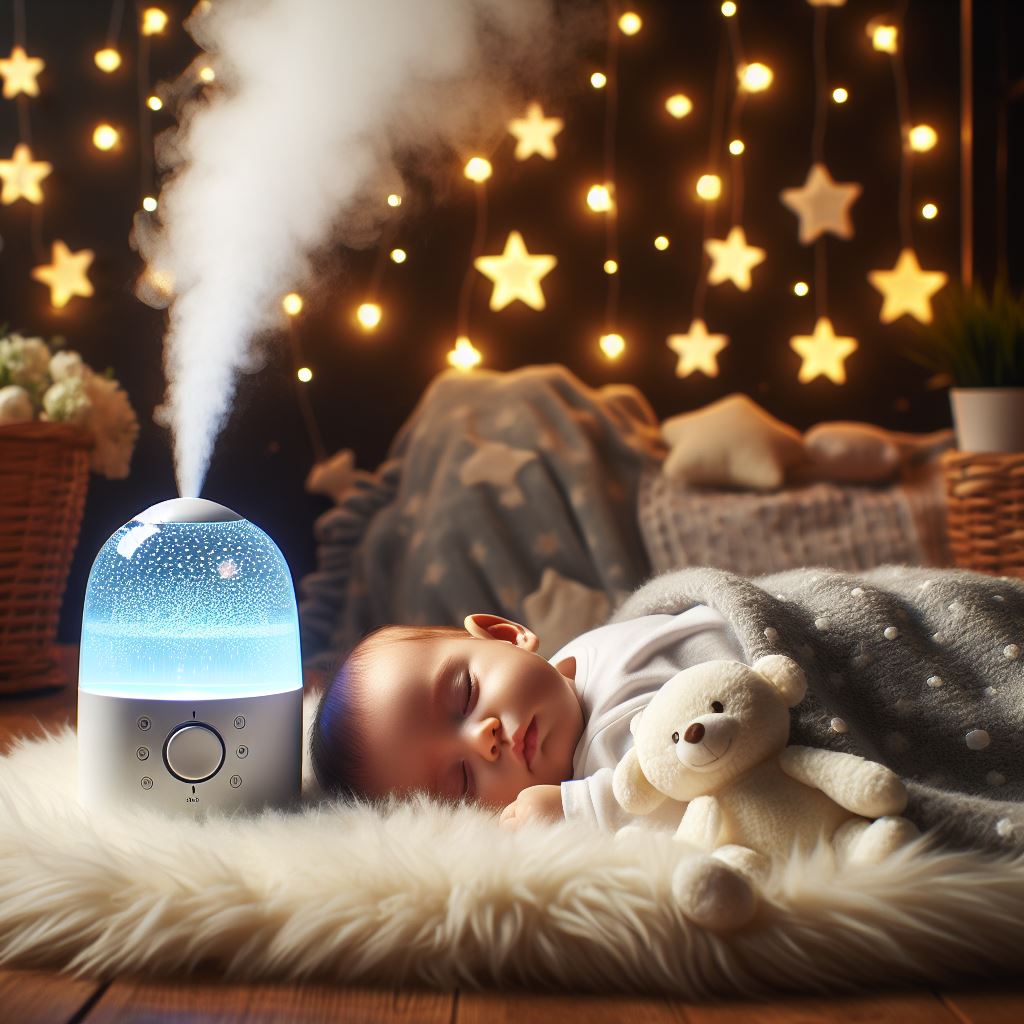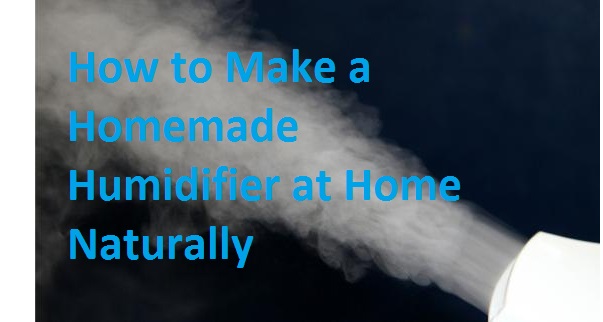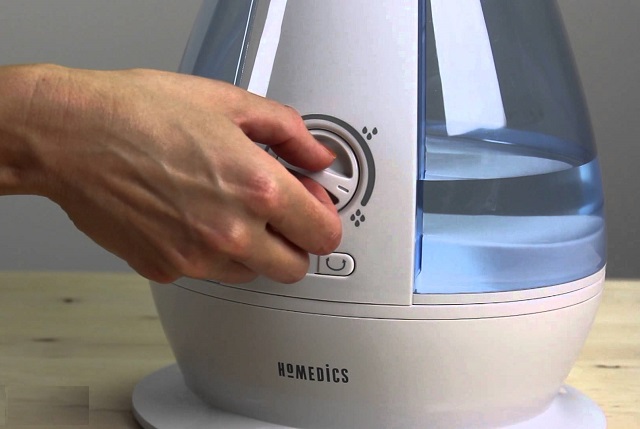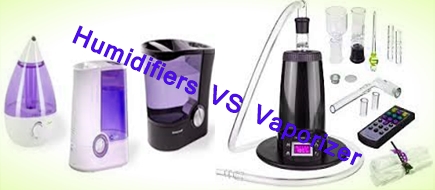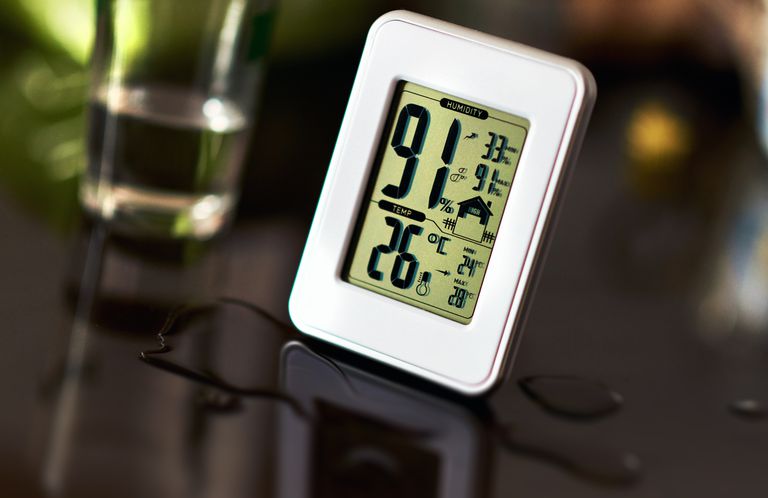Choosing Humidifiers for Babies: Warm or Cool Mist?
Deciding between a warm or cool mist humidifier for your baby’s nursery can be a bit of a puzzle. As a parent, I know that the comfort and health of your little one is always top priority. I’ve been through the same dilemma and I’m here to share what I’ve learned.
In this article, I’ll dive into the pros and cons of both warm and cool mist humidifiers. I’ll help you understand which type might be the best fit for your baby’s needs, considering factors like safety, health benefits, and ease of use. Stay tuned as I break down the details to make your decision as straightforward as possible.
The Importance of Humidifiers for Babies
As a parent, I’ve come to understand the critical role humidifiers play in a nursery. Babies have delicate respiratory systems, and maintaining the right humidity levels is essential for their health and comfort. High indoor air quality can prevent a host of issues, from dry skin to respiratory infections.
Proper humidity levels aid in keeping mucous membranes moist, which is crucial for babies as it helps them breathe more comfortably and sleep better. This can be especially beneficial during cold seasons or in drier climates, where indoor air can become particularly harsh.
A key point to remember is that maintaining humidity between 30% to 50% is recommended. Below are the benefits this optimal humidity range can offer for your baby’s health:
- Eases symptoms of a cold or respiratory infection
- Prevents dryness leading to skin irritation and eczema
- May reduce the risk of SIDS by keeping the nursery’s air moist
Managing humidity isn’t just about comfort; it’s a preventative measure. By using a humidifier, I also ensure airborne viruses and bacteria are less likely to thrive, as they often prefer drier conditions. A moist environment can help reduce the chances of your baby getting sick.
The type of humidifier you choose—warm mist or cool mist—plays a part in the benefits you’ll reap. Both can achieve the ideal humidity level, but with different mechanisms and safety features. Here’s what you need to know about the working principles of each:
- Warm mist humidifiers heat water to produce steam, which is then cooled slightly before being released into the air.
- Cool mist humidifiers dispense a fine vapor of cool water into the nursery.
It’s clear that humidifiers are more than just an accessory for your baby’s room; they’re a necessity for good health and comfortable sleep. So, as we continue exploring the pros and cons of warm and cool mist options, keep in mind that whatever choice you make should aim at creating a nurturing and safe environment for your little one.
Understanding Warm Mist Humidifiers
When looking at the warm mist humidifiers, it’s essential to know how they work. Warm mist humidifiers, also known as vaporizers, boil water to produce steam. This steam cools slightly before leaving the humidifier as a warm, clean mist. I’ve found this type to be less noisy since there’s no internal fan. Parents often choose warm mist options for their little ones during colder months as they can slightly warm the room’s air.
But here’s something crucial to keep in mind: safety is a top concern with warm mist humidifiers. Because they involve heating elements, there’s a risk of burns if a child gets too close. That’s why it’s important to place these devices out of reach and always supervise.
Let’s delve into the benefits of using a warm mist humidifier:
- They can help reduce germs and bacteria because of the boiling process.
- Many warm mist models allow for medicinal inhalants, useful when treating a baby’s cold.
- The warmth can provide a cozier atmosphere which can be comforting for many babies.
However, it’s not all about the positives. The cons should be considered to make an informed decision:
- Can cause the room to feel overly warm during the summer months.
- They require more frequent cleaning due to mineral buildup from boiling water.
- The energy consumption is higher since they heat water to create steam.
In addition to the aforementioned factors, room size plays a pivotal role. A small nursery could benefit from the targeted steam of a warm mist humidifier, yet larger rooms might need more coverage which could make a cool mist variant a better option. Always check the manufacturer’s guidelines to select the appropriate size for your space.
When using a warm mist humidifier in your baby’s nursery, maintenance can’t be overlooked. Regular cleaning is vital to prevent mold and bacteria growth in the machine itself. Distilled water is recommended to minimize mineral deposits, ensuring the humidifier remains a safe addition to the room.
Remember: It’s all about balancing the benefits with your specific needs and the particularities of your nursery space.
Pros and Cons of Warm Mist Humidifiers for Babies
When considering a warm mist humidifier for a baby’s nursery, it’s crucial to evaluate both its advantages and disadvantages. Let’s start with the pros:
- Germ-Free Steam: A big plus for warm mist humidifiers is their ability to release steam that’s been heated, thus killing most bacteria and germs. This means the air baby breathes is cleaner.
- Medicinal Use: These types of humidifiers also allow for the use of medicinal inhalants. That can be a lifesaver during cold season when you want to ensure your baby is comfortable.
- Quiet Operation: Warm mist humidifiers are generally quieter than cool mist alternatives, which is ideal for keeping the nursery peaceful and conducive to sleep.
Moving onto the cons:
- Safety Risk: With warmth comes risk. The heating element in warm mist humidifiers could potentially cause burns if a baby or toddler gets too close.
- Higher Energy Consumption: These humidifiers need more power to boil water, which can slightly increase your energy bills.
- More Maintenance: Warm mist humidifiers require regular cleaning to prevent mineral buildup from the heated water. This can be a bit of a chore, especially for busy parents.
Room size should also be taken into account. A large room might require a more robust humidifier, while smaller spaces could become too humid or warm with a high-output warm mist model.
I’ve found that using distilled water in warm mist humidifiers helps reduce the mineral buildup, which in turn means less frequent cleaning. Still, regardless of the water used, it’s paramount to keep the unit clean to ensure the healthiest environment for your baby.
Choosing between a warm or cool mist humidifier for a baby comes down to balancing these factors against your specific needs and preferences. It’s all about creating the healthiest space for your little one to grow and thrive.
Understanding Cool Mist Humidifiers
In striking contrast to their warm mist counterparts, cool mist humidifiers have their own set of attributes that might sway parents in their favor. The most prominent feature is their ability to moisturize the air without heating water, which inherently reduces the risk of burns – a considerable safety benefit in any child’s nursery.
Why Cool Mist May Be Superior in Child Safety
Operating a cool mist humidifier means I’m providing moisture-rich air without the associated risks that come with hot steam. Not only does this add a layer of safety, but it also means these devices are often more energy-efficient, as they don’t require the power needed to boil water. Consequently, they’re gentle on the monthly energy bills.
Maintenance Must-Knows
While cool mist humidifiers largely circumvent the hazard of hot surfaces, they aren’t without their maintenance challenges. There are usually two types of cool mist systems: ultrasonic and evaporative. Ultrasonic humidifiers disperse a fine mist into the air using high-frequency vibrations, whereas evaporative models use a fan to blow air through a wet wick filter.
- Ultrasonic humidifiers tend to be quieter, which is ideal during a baby’s sleep time.
- Evaporative humidifiers can be slightly noisier due to the fan operation but are superb at self-regulating humidity since the air can only hold a certain amount of moisture before it stops evaporating.
Both types of cool mist humidifiers require regular cleaning to prevent mold and bacteria growth – they don’t boil water to kill these microbes unlike warm mist machines. I’ve found that routine maintenance is crucial; neglecting this can lead to unhealthy air, especially problematic in a baby’s sensitive environment.
Room Size Matters
Just as with warm mist humidifiers, the size of the nursery is pivotal when selecting a cool mist humidifier. Larger rooms may need a humidifier with greater output, thereby leaning towards an evaporative model. However, for small to medium spaces, an ultrasonic humidifier might be sufficient.
It’s essential to check the manufacturer’s recommendations on room size to ensure proper humidity levels are maintained. I always remind myself that an oversized humidifier can lead to excess humidity, which in turn can foster the growth of mold and dust mites.
Pros and Cons of Cool Mist Humidifiers for Babies
When assessing cool mist humidifiers for babies, there’s a lot to consider. I’ll walk you through both the benefits and potential drawbacks so you can make an informed choice for your nursery.
The Upside of Cool Mist Humidifiers
Safety First: A significant advantage of using cool mist humidifiers is that they don’t heat water to create steam. This reduces the risk of accidents or burns, making them a safer option for a baby’s room.
Energy Efficient: These devices are more energy-efficient compared to their warm mist counterparts. They don’t require as much electricity to operate, saving you money on energy bills over time.
Diverse Options: Cool mist humidifiers come in a variety of systems, each designed to meet different needs:
- Ultrasonic Humidifiers: Use high-frequency vibrations to produce a cool mist and are extremely quiet, perfect for uninterrupted baby sleep.
- Evaporative Humidifiers: Incorporate a fan to blow air through a wet wick filter, self-regulating and adjusting to the room’s humidity level.
Potential Drawbacks
Despite their advantages, cool mist humidifiers need Regular Maintenance. Without frequent cleaning, there’s a risk for mold and bacteria to grow, which could harm your baby’s health. Always follow the manufacturer’s instructions for cleaning and use distilled water to prevent mineral buildup.
Let’s not overlook the Noise Factor. Some cool mist humidifiers, particularly evaporative models, can be noisier due to the fan inside. This might be a concern if your baby is a light sleeper.
Remembering the Room Size is crucial when selecting a cool mist humidifier. Ensure the unit you choose is adequate for the square footage of your nursery to maintain proper humidity levels.
By weighing these pros and cons and taking into account your nursery’s specific needs, you can select a cool mist humidifier that’ll help create a safe and comfortable environment for your baby. Always prioritize your baby’s safety and comfort when considering humidification in their nursery.
Factors to Consider when Choosing Between Warm and Cool Mist Humidifiers
When selecting the ideal humidifier for a baby’s nursery, several key considerations must be addressed. I’ll delve into the main factors that’ll guide you through this decision-making process.
Health and Safety Concerns are paramount. Warm mist humidifiers boil water to create steam, posing a burn risk if a child gets too close. Conversely, cool mist humidifiers eliminate this concern, making them a safer choice for your little one’s room. It’s also important to note that cool mist is often recommended for helping alleviate cold symptoms, according to pediatricians.
The size of the nursery is another crucial factor. Choose a humidifier with an appropriate output for the room’s dimensions to ensure adequate humidity levels. I’ve found that large rooms may require a humidifier with a greater output, whereas smaller spaces might benefit from a tabletop model.
Ease of Cleaning can’t be overstated. Both types require regular cleaning, but warm mist models may accumulate mineral deposits more quickly and might need more frequent descaling. I recommend opting for a unit that’s simple to disassemble and clean to maintain optimal hygiene.
Noise Level is especially important in a nursery setting. Generally, warm mist humidifiers are quieter since they lack a fan, but newer cool mist models have made significant strides in reducing noise. If your baby is sensitive to sound while sleeping, it’s best to look for a humidifier that operates quietly.
Lastly, consider the Running Costs. Warm mist humidifiers typically consume more energy, which could increase your electricity bills. On the other hand, I’ve noticed cool mist humidifiers can have higher maintenance costs due to replacing filters or wicks. A thorough assessment of ongoing expenses is essential.
In choosing between warm or cool mist humidifiers, carefully weigh each of these factors. They’ll help determine the best option that ensures your baby’s comfort and promotes a healthier nursery environment.
Conclusion
Deciding between a warm or cool mist humidifier for your baby’s nursery is a significant choice. It’s about balancing health and safety with comfort and practicality. Remember, while warm mist units might pose a burn risk, they can be comforting, but cool mist options are often recommended for cold relief and overall safety. Consider the size of the nursery, how easy the unit is to clean, its noise level, and running costs before making your decision. Ultimately, the right humidifier will create a soothing environment that’s just right for your little one’s well-being.

